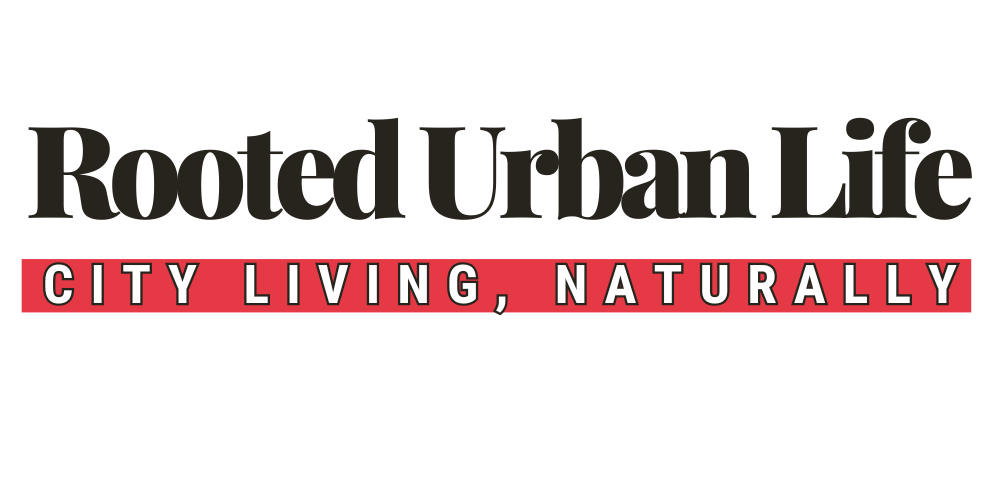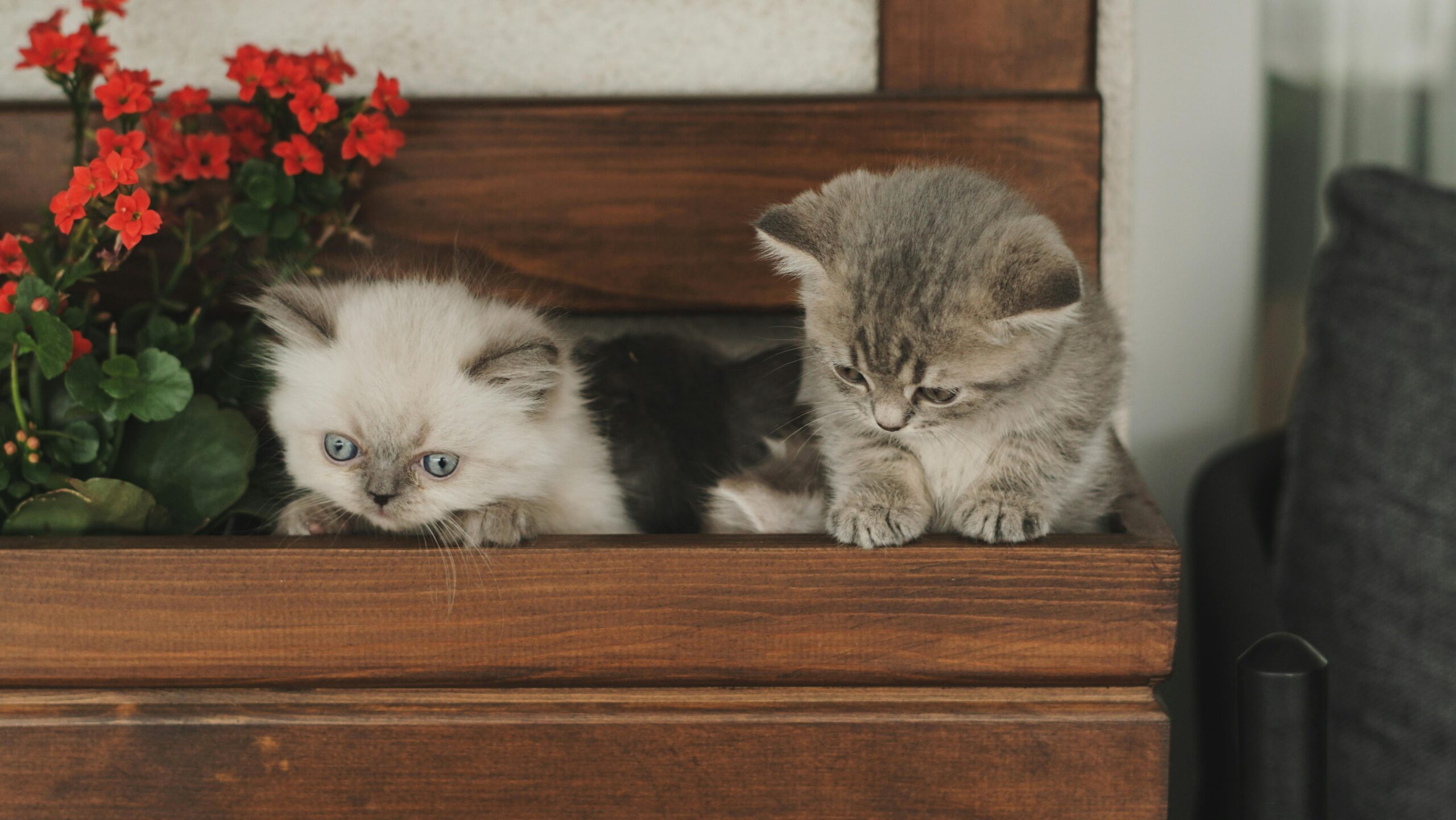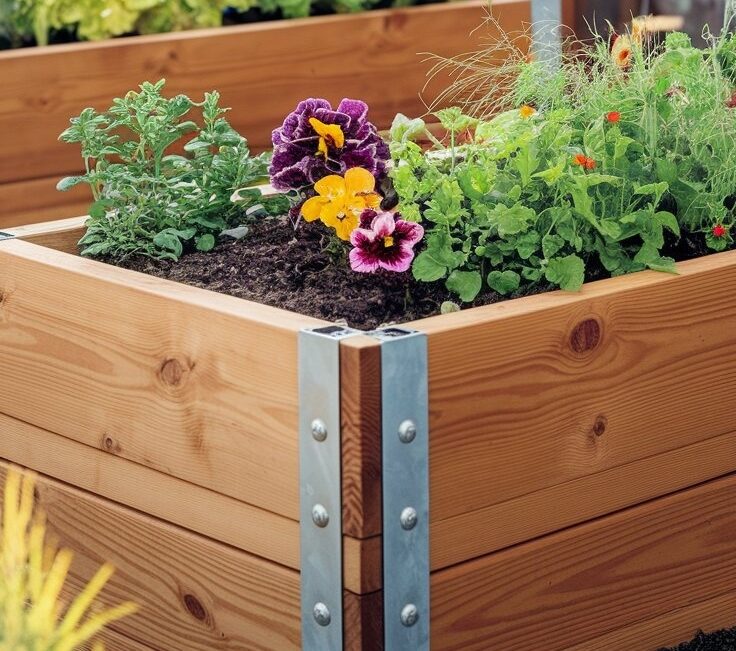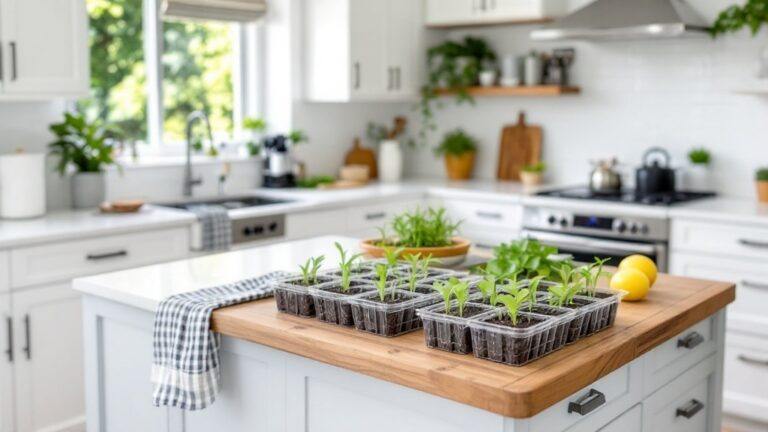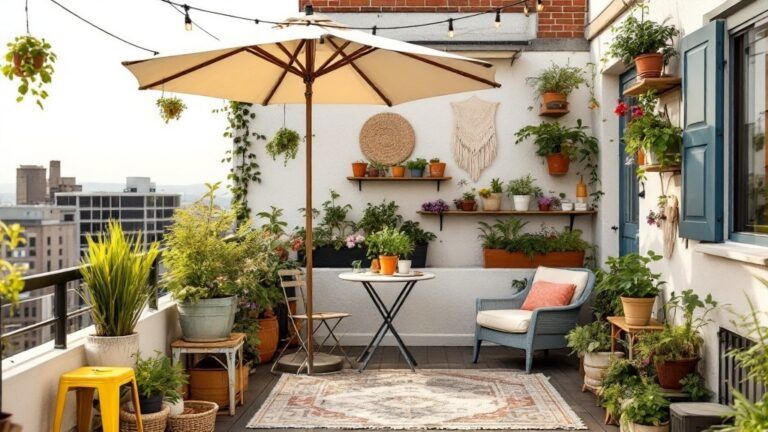12 Low Maintenance Pet Safe Indoor Plants
Create a Stunning Pet-Safe Indoor Garden: 12 Non-Toxic Plants for Cats & Dogs
Problem: Plant lovers and pet parents, listen up! Want a lush, green indoor garden that’s 100% safe for your curious cats or playful dogs? Skip the toxic plants and create a pet-friendly oasis with these 12 non-toxic houseplants. From vibrant spider plants to elegant moth orchids, we’ve got you covered with pet-safe plants and practical tips to keep your greenery thriving and your fur babies happy. Let’s dive in!
What You’ll Learn:
- Why some common houseplants are dangerous for pets
- The top 12 pet-safe plants for a vibrant indoor garden
- How to care for these plants and keep your pets safe
- Tips to create a beautiful, pet-friendly green space
Why Pet-Safe Plants Matter
Some plants can be toxic to pets, causing upset stomachs or even serious health issues. Even popular houseplants like lilies or pothos can be risky. Choosing pet-safe plants ensures your indoor space is a worry-free haven for both your greenery and your furry friends.
| Plant Name | Botanical Name | Light | Water | Pet-Safe | Toxic Lookalike (Why It’s Dangerous) |
|---|---|---|---|---|---|
| Spider Plant | Chlorophytum comosum | Bright, indirect | Moderate | ✅ | Lily (e.g., Peace Lily) – toxic to cats and causes vomiting |
| Boston Fern | Nephrolepis exaltata | Indirect, humid | Keep soil moist | ✅ | Asparagus Fern – contains sapogenins that can irritate pets |
| Areca Palm | Dypsis lutescens | Bright, filtered | Moderate | ✅ | Sago Palm – extremely toxic, causes liver failure |
| Bamboo Palm | Chamaedorea seifrizii | Low to bright | Let top dry out | ✅ | Dracaena – toxic, can cause vomiting and lethargy in pets |
| Prayer Plant | Maranta leuconeura | Indirect light | Keep lightly moist | ✅ | Caladium – similar foliage but highly toxic to cats and dogs |
| African Violet | Saintpaulia | Bright, indirect | Bottom water weekly | ✅ | Begonia – tubers are toxic and can cause drooling and vomiting |
| Lipstick Plant | Aeschynanthus radicans | Bright, indirect | Let top dry slightly | ✅ | Philodendron – often mistaken for similar trailing habit, but toxic |
| Friendship Plant | Pilea involucrata | Low to bright | Keep evenly moist | ✅ | Aluminum Plant (Pilea cadierei) – non-toxic but easily confused |
| Haworthia | Haworthia spp. | Bright, indirect | Water sparingly | ✅ | Aloe Vera – looks similar but toxic to pets |
| Peperomia | Peperomia spp. | Medium to bright | Allow drying between | ✅ | Rubber Plant (Ficus elastica) – toxic sap can irritate pets |
| Baby Rubber Plant | Peperomia obtusifolia | Bright, indirect | Water when dry | ✅ | Ficus elastica – similar name, but toxic |
| Moth Orchid | Phalaenopsis | Indirect light | Water every 7–10 days | ✅ | Other orchids (e.g., Dendrobium) – generally safe, but hybrids vary |
12 Low Maintenance Pet Safe Indoor Plants
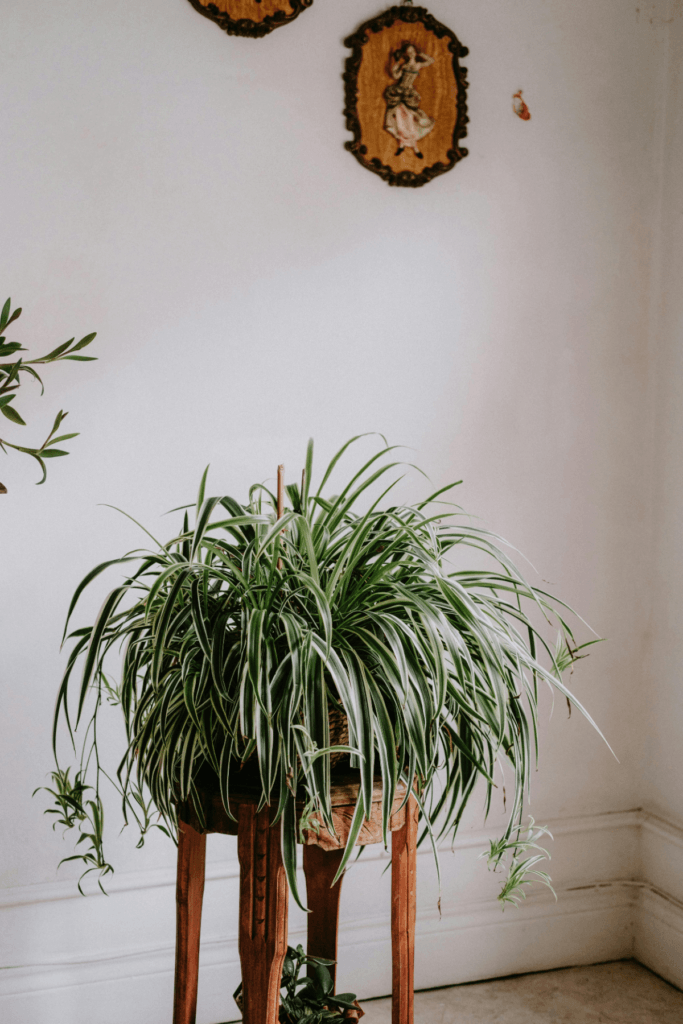
Spider Plant (Chlorophytum comosum)
This tough-as-nails plant loves bright, indirect light and tolerates neglect. Its arching leaves are catnip for kitties (but totally safe!).
The Vibe: The Swinging ‘60s Roommate – always up for hanging around and producing baby “spiderettes.”
| Care Element | Details |
|---|---|
| Light | Bright‑indirect to medium light. Tolerates low light but variegation fades. |
| Water | When top 2 cm of soil are dry. Flush monthly to prevent brown tips (salt build‑up). |
| Soil | All‑purpose potting mix + 20 % perlite. |
| Humidity | Average indoor is fine; >50 % keeps leaf tips green. |
Styling Tip: Pop it in a retro macramé hanger near a north‑facing window for instant mid‑century vibes.
Did You Know? Spider Plants were NASA‑ranked for removing formaldehyde from the air—an excuse to hang one above every litter box!
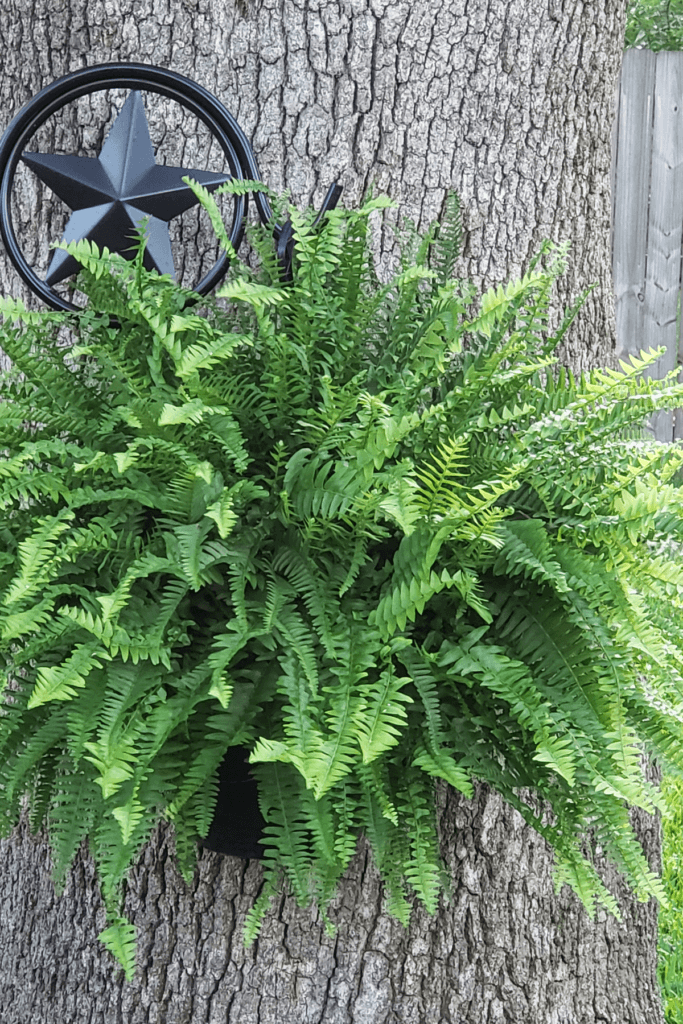
Boston Fern (Nephrolepis exaltata)
Perfect for shady indoor corners, this lush fern thrives in filtered light and humid conditions.
The Vibe: The Victorian Diva – lush, dramatic fronds that adore a gentle mist.
| Care Element | Details |
|---|---|
| Light | Bright‑indirect; no harsh midday sun or fronds crisp. |
| Water | Keep soil evenly moist; never let dry out completely. |
| Soil | Peat‑based mix with extra bark for drainage. |
| Humidity | Loves >60 %. Bathrooms with windows are ideal. |
Styling Tip: Perch on a plant stand beside claw‑foot tubs for that old‑world conservatory feel.
Did You Know? Boston Ferns were popular aboard steamships in the 1800s because they tolerated sooty, humid cabins.
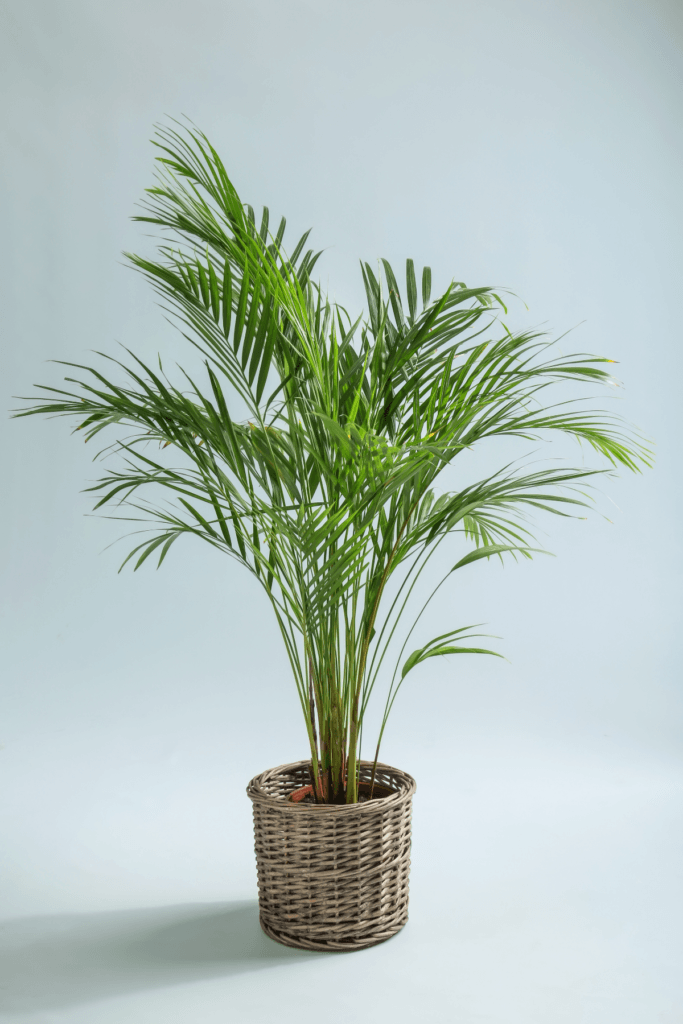
Areca Palm (Dypsis lutescens)
A stunning statement piece, this palm loves bright, indirect light but handles some shade.
The Vibe: The Sunshine Sailor – feather‑leaf fronds that wave gracefully with every breeze.
| Care Element | Details |
|---|---|
| Light | Bright‑indirect; a sheer‑curtained south window is perfect. |
| Water | Water when the top inch dries; hates soggy roots. |
| Soil | Well‑draining palm or cactus mix. |
| Humidity | Medium‑high (50 – 60 %); wipe fronds to deter spider mites. |
Styling Tip: Use as a living room “living screen” to softly divide spaces.
Did You Know? Areca Palms act as natural humidifiers, transpiring nearly a liter of water per day!
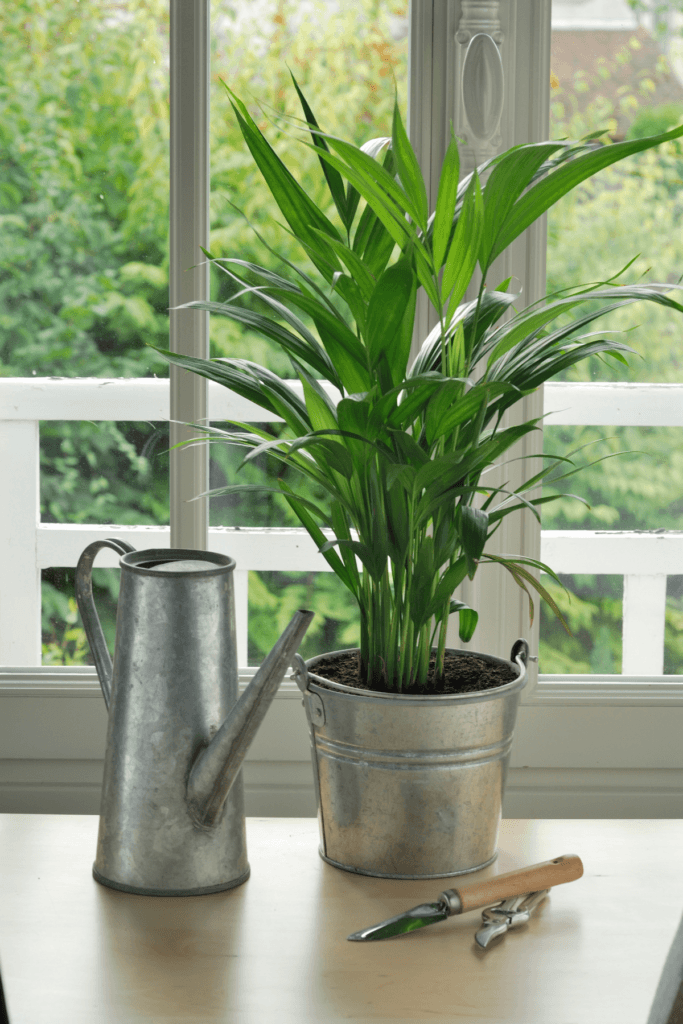
Bamboo Palm (Chamaedorea seifrizii)
Great for low to moderate light, this palm is easy to care for and pet-safe.
The Vibe: The Low‑Light Lounge Singer – thrives in the spotlight or the backstage shade.
| Care Element | Details |
|---|---|
| Light | Low‑to‑medium light; tolerates fluorescent‑only corners. |
| Water | Water when top 2 cm dry. Yellow fronds? You waited too long. |
| Soil | Rich, peat‑based mix + perlite for airflow. |
| Humidity | Average OK, but weekly misting = glossy leaves. |
Styling Tip: Cluster three plants of staggered heights for a lush, hotel‑lobby look.
Did You Know? This palm was a favorite set prop in 1920s Hollywood noir films because it read “tropical” even in black‑and‑white.
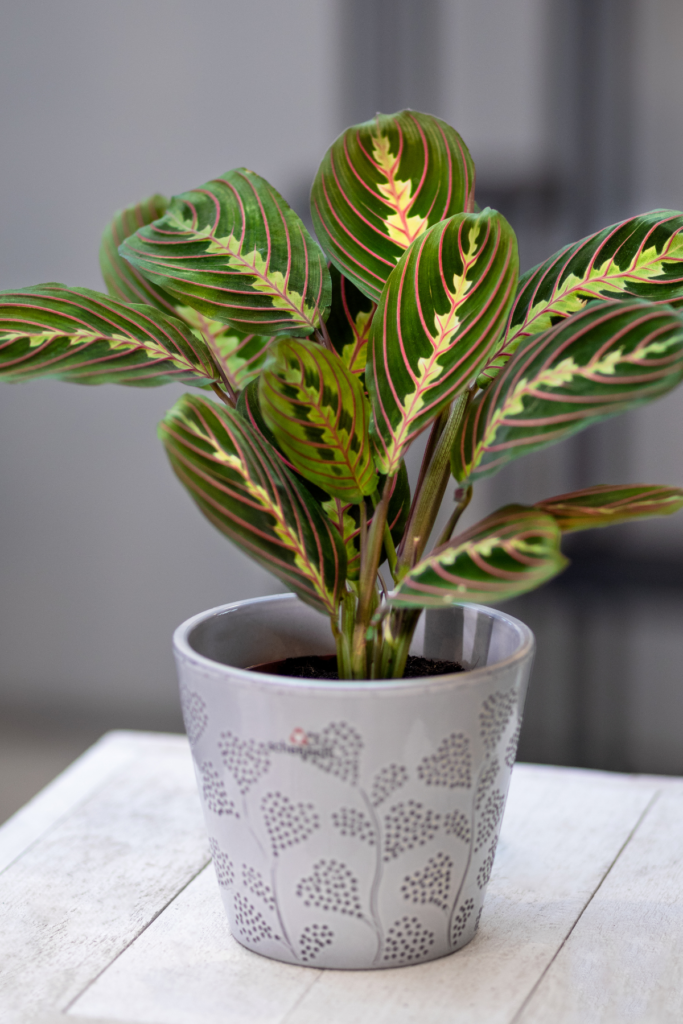
Prayer Plant (Maranta leuconeura)
Known for its striking leaf patterns and “prayer-like” folding at night, this plant loves indirect light.
The Vibe: The Night‑Time Yoga Buddy – folds its leaves into a little “prayer” at dusk.
| Care Element | Details |
|---|---|
| Light | Medium, dappled light; direct sun fades patterns. |
| Water | Keep consistently moist; hates hard water—use filtered. |
| Soil | Light, loamy mix with coco‑coir for moisture retention. |
| Humidity | High (>60 %) keeps leaf edges crisp. |
Styling Tip: Showcase in a white ceramic pot to highlight the leaf veins’ neon green and burgundy.
Did You Know? The movement is nyctinastic; tiny “hinges” at the leaf base cause the nightly fold.
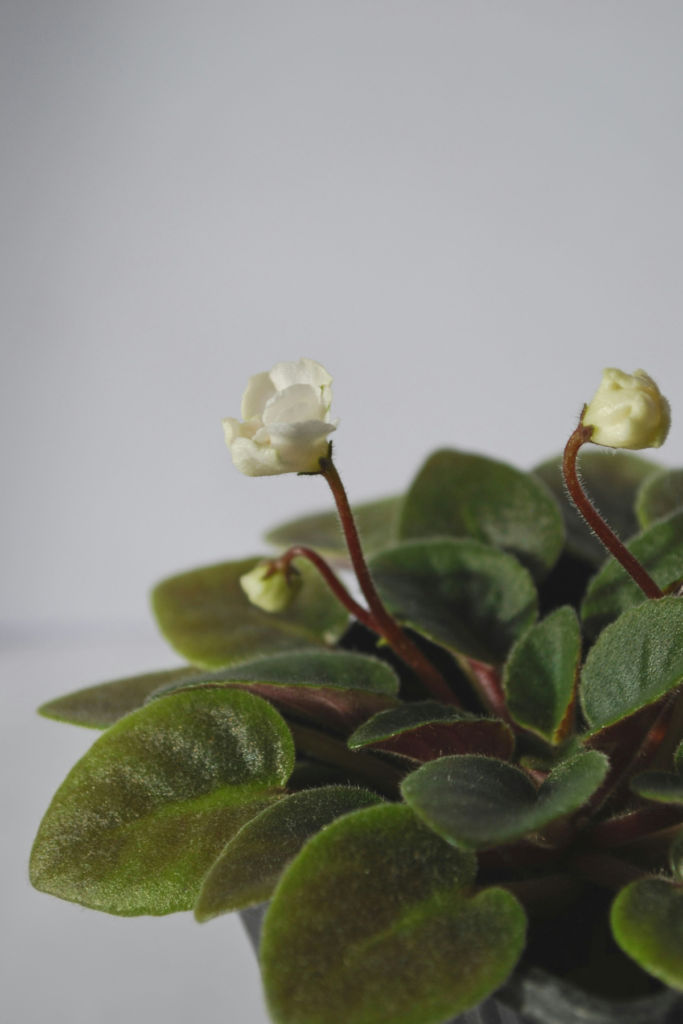
African Violet (Saintpaulia)
These petite bloomers bring cheerful colors to your pet-safe garden.
The Vibe: The Tiny Trophy Winner – blooms year‑round with minimal fuss.
| Care Element | Details |
|---|---|
| Light | Bright‑indirect; an east window is gold. |
| Water | Bottom‑water with room‑temp water; soggy crowns rot. |
| Soil | African violet‑specific mix (extra perlite + vermiculite). |
| Humidity | 40 – 50 %. Avoid misting blooms. |
Styling Tip: Line up three cultivars in vintage teacups for granny‑chic charm.
Did You Know? There are over 16,000 registered African Violet varieties!
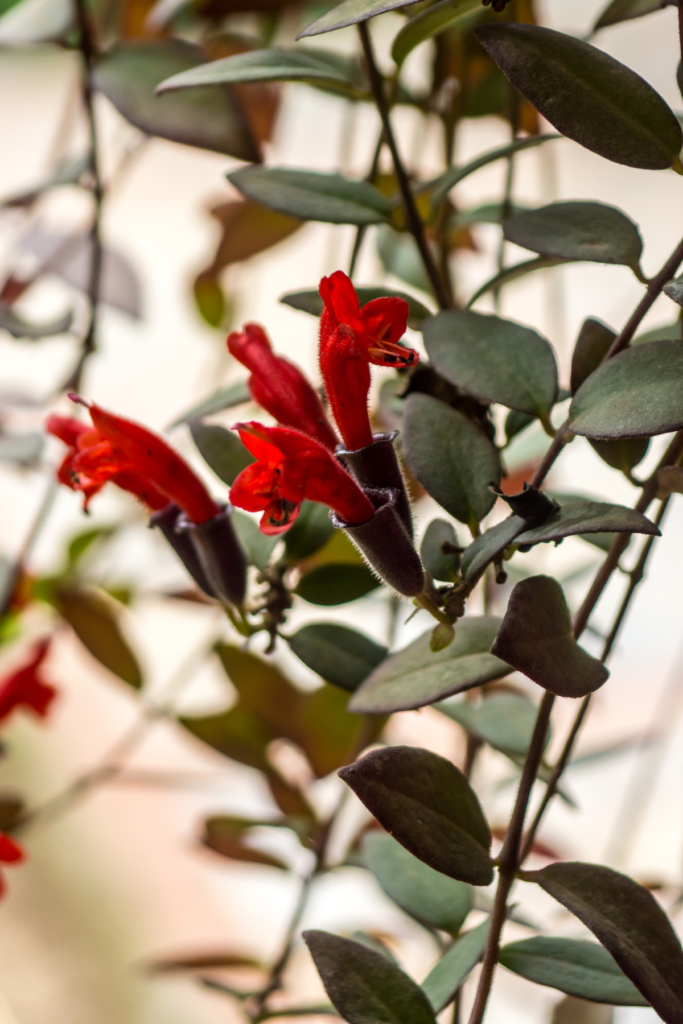
Lipstick Plant (Aeschynanthus radicans)
Bright red tubular flowers make this trailing plant a showstopper in hanging baskets.
The Vibe: The Hanging Show‑Off – bright red buds peek out like fancy lipstick tubes.
| Care Element | Details |
|---|---|
| Light | Bright‑indirect; too little light = no flowers. |
| Water | Let top inch dry, then soak thoroughly. |
| Soil | Orchid bark + peat for airy drainage. |
| Humidity | Loves ≥50 %; weekly mist spot‑cleans leaves. |
Styling Tip: Place in a hanging basket near eye level so blooms dangle dramatically.
Did You Know? Hummingbirds pollinate Lipstick Plants in their native Southeast Asian forests.
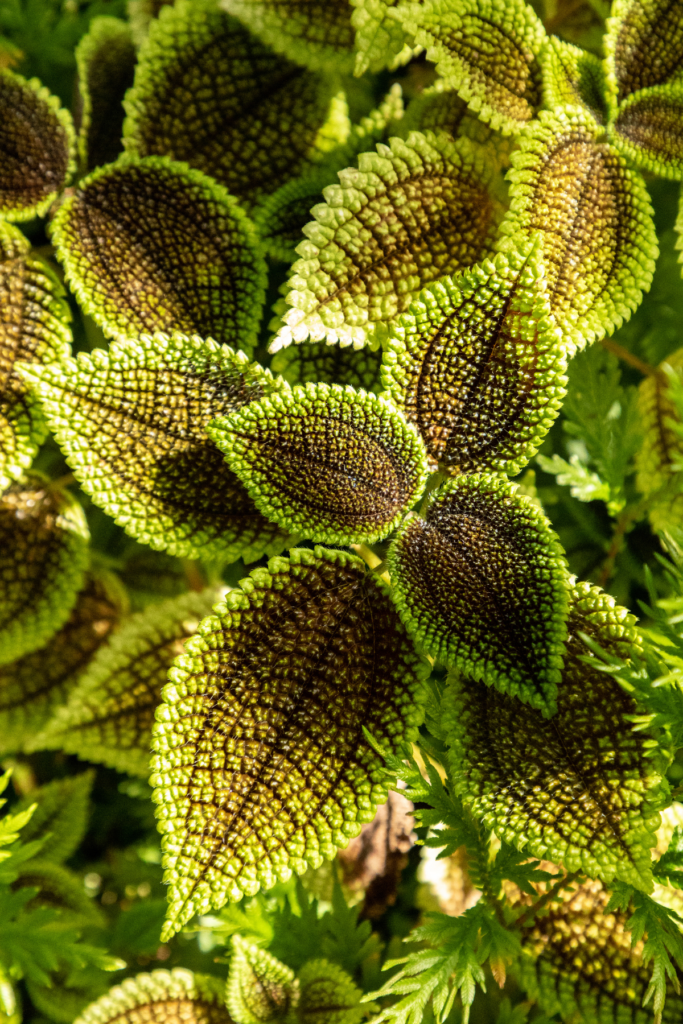
Friendship Plant (Pilea involucrata)
This compact plant has textured, quilted leaves and is easy to propagate.
The Vibe: The Gifter – grows easy‑to‑share cuttings (hence the name).
| Care Element | Details |
|---|---|
| Light | Medium‑indirect; direct sun scorches textured leaves. |
| Water | Water when topsoil dries; wilty leaves perk up after. |
| Soil | Standard potting mix + handful of pumice. |
| Humidity | 40 – 60 %; higher humidity deepens leaf color. |
Styling Tip: Propagate baby cuttings in mini terracotta pots and gift to friends (built‑in CTA!).
Did You Know? Friendship Plants sometimes shoot tiny bouquets of white blooms, but the foliage is the star.
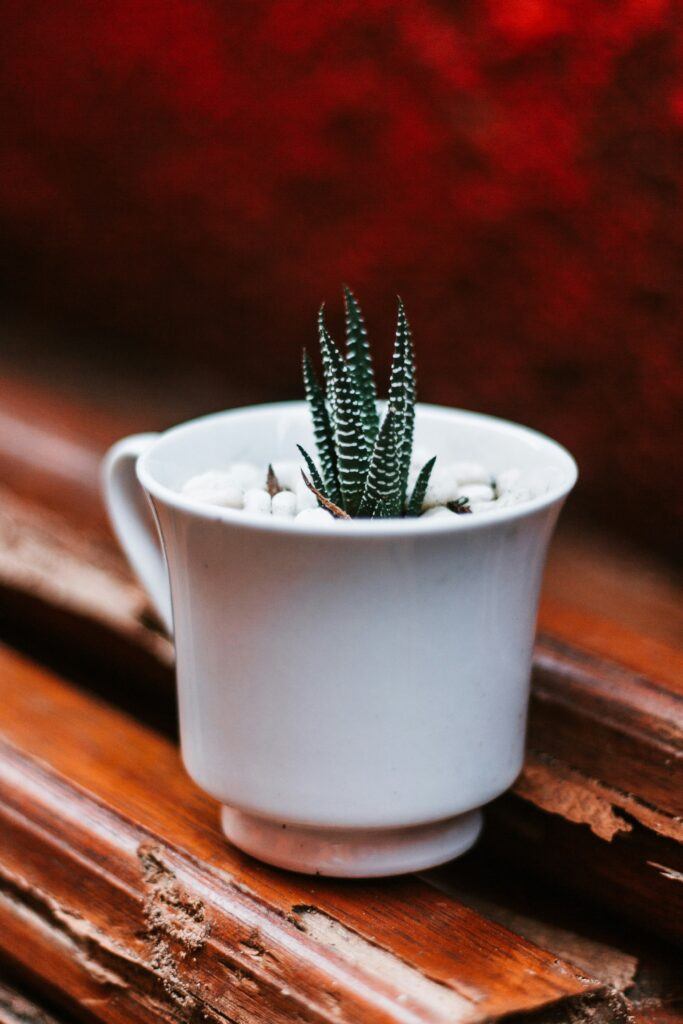
Haworthia (Haworthia spp.)
These small succulents are ideal for sunny indoor spots.
The Vibe: The Desktop Dinosaur – hardy rosettes look like mini aloe but safe for pets.
| Care Element | Details |
|---|---|
| Light | Bright light; a south window sill is ideal. |
| Water | Every 2–3 weeks; “neglect with love.” |
| Soil | Gritty cactus mix (≥50 % sand/pumice). |
| Humidity | Low; too much moisture invites rot. |
Styling Tip: Set in a geometric concrete planter for modern, minimal desk décor.
Did You Know? Haworthia stores water in its transparent leaf “windows,” letting light reach inner photosynthetic cells.
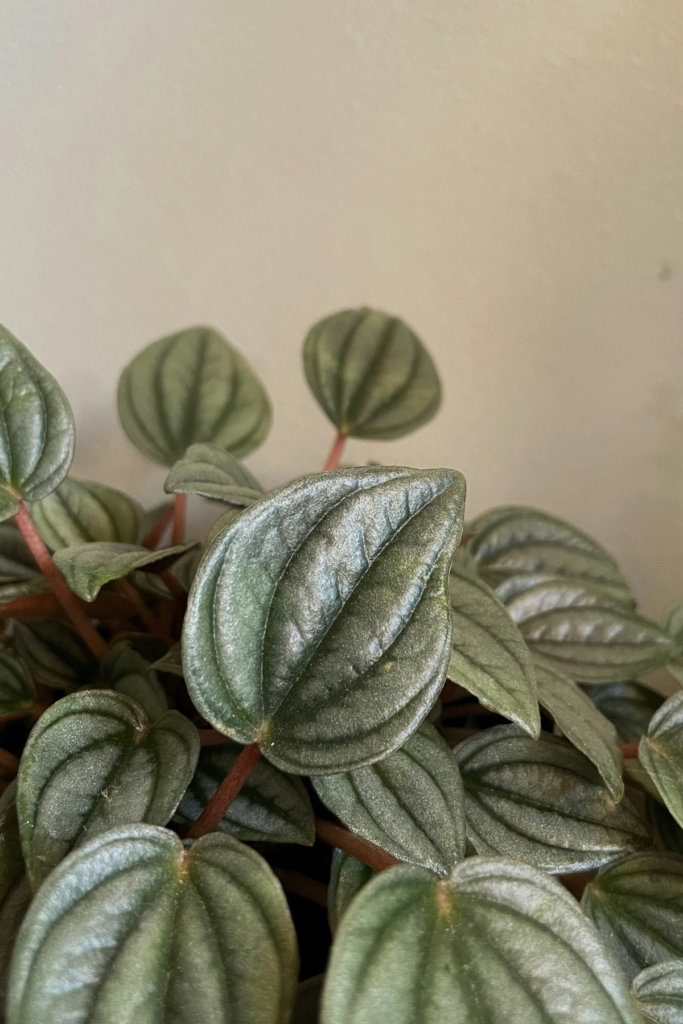
Peperomia (Peperomia spp.)
Compact and colorful, peperomias are forgiving and versatile.
The Vibe: The Collectible – hundreds of varieties, endless leaf shapes.
| Care Element | Details |
|---|---|
| Light | Bright‑indirect but copes with lower light. |
| Water | When soil dries halfway; thick leaves hold moisture. |
| Soil | Peat‑based mix + orchid bark for breathability. |
| Humidity | Moderate; mist only the air, not leaves. |
Styling Tip: Mix and match varieties on a shelf for a mosaic of textures.
Did You Know? Some Peperomia varieties were once used as pepper substitutes—hence the name!
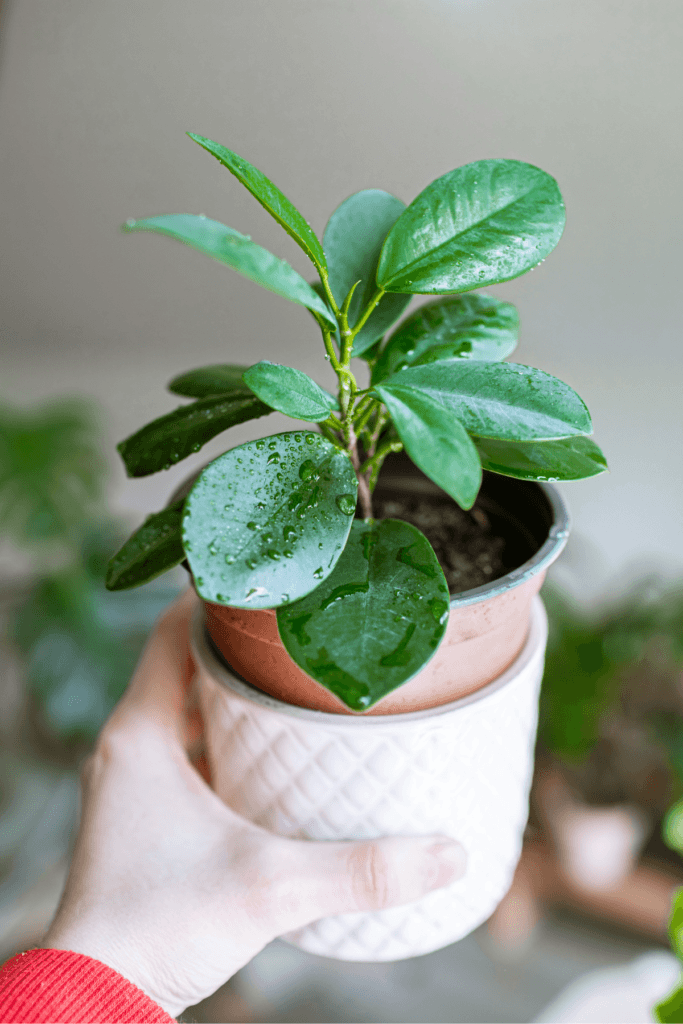
Baby Rubber Plant (Peperomia obtusifolia)
Glossy, thick leaves add texture to your indoor space.
The Vibe: The Little Tank – thick, rubbery leaves that shrug off neglect.
| Care Element | Details |
|---|---|
| Light | Bright‑indirect; variegated types need more light. |
| Water | Water when top inch is dry; leaves wrinkle when thirsty. |
| Soil | Same as Peperomia mix above. |
| Humidity | Average indoor is fine. |
Styling Tip: Spot‑clean leaves with a damp cloth for extra shine on photo day.
Did You Know? The baby rubber plant is epiphytic in the wild, growing on tree branches—not soil!
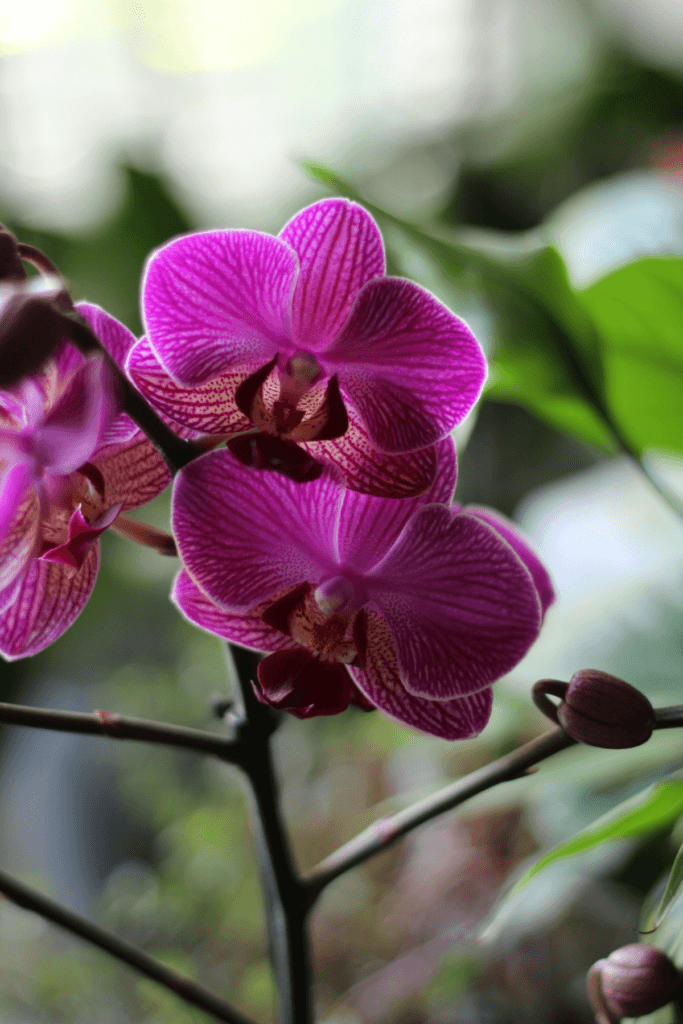
Moth Orchid (Phalaenopsis)
Elegant and striking, these orchids add sophistication to your space.
The Vibe: The Elegant Over‑Achiever – blooms for months with minimal effort.
| Care Element | Details |
|---|---|
| Light | Bright‑indirect; a sheer‑curtained east window works wonders. |
| Water | Soak bark weekly, drain thoroughly; avoid crown water. |
| Soil | Chunky orchid bark mix, no potting soil. |
| Humidity | 50 – 70 % keeps blooms fresh. |
Styling Tip: Pair with matte black pots for a gallery‑like statement.
Did You Know? After blooms drop, you can trim the spike just above a node to encourage a second flush of flowers.
Keeping Pets Out of Your Plants
Even pet-safe plants can tempt curious pets to dig or chew. Try these tips:
- Cover Soil: Use decorative rocks, pinecones, or mesh to deter digging.
- Citrus Peels: Sprinkle orange or lemon peels around plants—pets often dislike the scent.
- Elevate Plants: Use hanging baskets or high shelves to keep plants out of reach.
- Distraction: Provide pet-safe grass or catnip to keep your pets occupied.
Bonus Tips for a Thriving Pet-Safe Indoor Garden
- Light Matters: Match plants to your indoor light conditions—most prefer bright, indirect light.
- Water Smart: Overwatering is a common mistake. Check soil moisture before watering.
- Boost Humidity: Mist plants or group them together to mimic their natural humid environment.
- Fertilize Safely: Use pet-safe, organic fertilizers monthly during spring and summer.
- Watch for Pests: Check for aphids or spider mites and treat with neem oil if needed.
Key Takeaways
- Choosing pet-safe plants means a beautiful space and peace of mind for your furry friends.
- Many common houseplants are toxic, so sticking to these 15 non-toxic varieties is a smart, safe choice.
- These plants are easy to care for and adaptable to indoor and balcony environments.
- Proper care—right light, watering, and soil—helps your plants thrive and keeps your pets safe.
Frequently Asked Questions (FAQ)
Q: Are these plants safe for all pets, including cats and dogs?
A: Yes! The 15 plants listed are non-toxic to both cats and dogs, but it’s always best to monitor your pets around new plants just in case.
Q: How do I care for these plants indoors versus on a balcony?
A: Most of these plants thrive indoors with bright, indirect light. On a balcony, they’ll do best in shaded or partially sunny spots to avoid too much direct heat, especially in summer.
Q: Can I grow these plants in small pots or containers?
A: Absolutely! Many of these plants are perfect for container gardening. Just make sure the pots have drainage holes and use good-quality potting soil.
Q: What should I do if my pet accidentally eats part of a plant?
A: Stay calm! These plants are non-toxic, but if your pet shows any unusual behavior, contact your vet immediately just to be safe.
Q: How often should I water these pet-safe plants?
A: Watering needs vary by plant, but a good rule is to water when the top inch of soil feels dry. Avoid overwatering to prevent root rot.
Q: Do these plants need a lot of sunlight?
A: Most prefer bright, indirect light rather than direct sun, which can scorch leaves, especially on a balcony during summer.
Creating a pet-safe indoor garden that’s both beautiful and worry-free is totally doable! These 15 non-toxic houseplants combine style, safety, and easy care to make your space pop. Pick your favorites, get planting, and share your pet-friendly green haven with us—tag us in your indoor garden pics or drop a comment below with your go-to plant!

